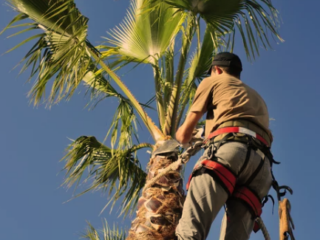When it comes to growing green beans in Virginia, timing is everything.
Successfully planting and cultivating green beans requires careful consideration of Virginia’s specific climate and growing conditions.
In this comprehensive guide, we will explore the optimal time to plant green beans in Virginia, providing valuable insights and tips for a bountiful harvest.
Green Beans and Virginia’s Climate
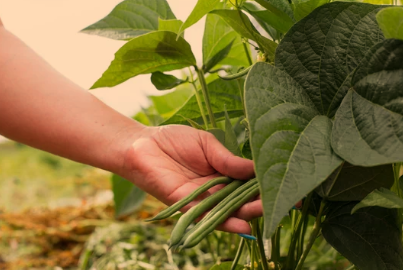
When to Plant Green Beans in Virginia
Green beans come in various types, including bush beans and pole beans, each suited to different growing conditions.
In Virginia, where the climate is characterized by hot and humid summers, selecting the right type of green beans is crucial. Bush beans are typically preferred due to their compact growth habit, making them well-suited for Virginia’s growing conditions.
Before planting, it’s essential to ensure your soil is well-drained, with a pH level between 6.0 and 6.8, and enriched with organic matter.
Choosing the Right Time for Planting

Timing is key when it comes to planting green beans in Virginia.
The general growing season for green beans in Virginia ranges from late spring to early fall. To avoid potential frost damage, it’s crucial to wait until after the last frost date before planting.
The average last frost date in Virginia varies by region, so be sure to consult local resources or gardening experts for specific dates in your area.
As a general guideline, most regions in Virginia are safe for planting green beans after mid-April to early May.
Factors Influencing Planting Time
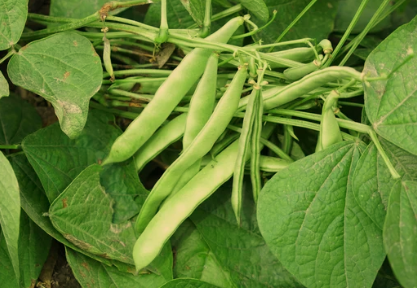
Several factors influence the optimal planting time for green beans in Virginia. Soil temperature plays a vital role in germination and growth.
Green beans thrive when the soil temperature reaches around 60°F (15.5°C). Planting too early, when the soil is still cold, can lead to poor germination and stunted growth.
Monitoring the soil temperature and ensuring it is within the desired range is crucial for a successful harvest.
Also, weather patterns can impact the planting time.
If Virginia experiences extended periods of cold or heatwaves, it is advisable to adjust the planting schedule accordingly.
Excessive moisture can also be detrimental to green bean plants, so it’s important to consider the weather forecast before planting.
Preparing for Planting
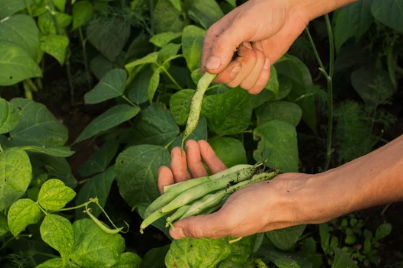
Before planting green beans, it is essential to prepare the garden bed properly.
Begin by tilling the soil to a depth of 6 to 8 inches (15 to 20 cm), removing any weeds or debris. Incorporating organic matter, such as compost, into the soil helps improve its structure and fertility.
This step enhances drainage and provides essential nutrients for healthy plant growth.
For pole beans, consider providing support structures, such as trellises or stakes, to help the plants climb and maximize space utilization. Proper preparation sets the stage for successful green bean cultivation in Virginia.
Planting Techniques
Once the garden bed is prepared, it’s time to plant the green beans. Proper spacing and planting depth are crucial for optimal growth.
For bush beans, sow the seeds approximately 2 to 4 inches (5 to 10 cm) apart, with a depth of 1 to 1.5 inches (2.5 to 3.8 cm).
If you prefer transplants, be sure to harden them off before planting. For pole beans, sow the seeds or transplant the seedlings near the support structure, spacing them 4 to 6 inches (10 to 15 cm) apart.
Consider using raised beds or containers for green bean cultivation, as they offer improved drainage and better control over soil conditions. Raised beds also warm up faster in the spring, facilitating earlier planting.
Caring for Green Bean Plants
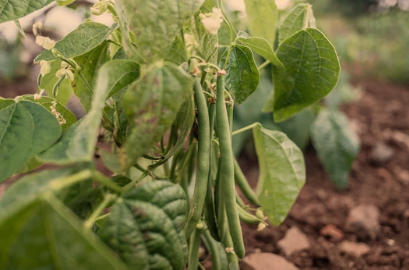
Proper care is essential to ensure the healthy growth of green bean plants in Virginia.
Adequate water is crucial throughout their growth cycle. Provide consistent moisture, aiming for about 1 inch (2.5 cm) of water per week, either through rainfall or irrigation. Be cautious not to overwater, as green beans prefer well-drained soil.
Mulching the garden bed helps conserve moisture, suppress weeds, and regulate soil temperature.
Apply a layer of organic mulch, such as straw or shredded leaves, around the base of the plants, leaving space around the stem to prevent rotting.
Fertilization is another critical aspect of caring for green bean plants.
Before planting, incorporate a balanced fertilizer into the soil according to package instructions.
As the plants grow, side-dress them with a nitrogen-rich fertilizer once they begin to flower.
Avoid over-fertilizing, as excessive nitrogen can lead to excessive foliage growth at the expense of bean production.
Protecting Green Bean Plants
While green beans are relatively resilient, they can still fall victim to pests and diseases in Virginia.
Common pests that may affect green beans include aphids, bean beetles, and spider mites. Implement preventative measures such as companion planting with herbs like basil or marigolds, which naturally repel pests.
Regularly inspect the plants for any signs of infestation and intervene early if necessary.
Diseases like powdery mildew and bacterial blight can also impact green beans.
Practicing good garden hygiene, such as removing diseased plants and ensuring proper air circulation, can help prevent the spread of these diseases. Organic insecticides or disease-resistant varieties can be considered if problems persist.
Harvesting Green Beans
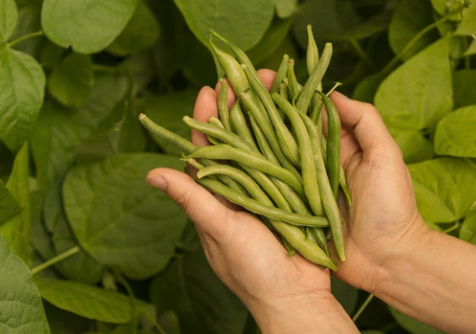
Harvesting at the right time is crucial to enjoy the best flavor and texture from green beans.
Harvesting times vary depending on the variety and intended use. Generally, green beans are ready for harvest when the pods are firm, crisp, and have reached their full size.
Snap the pods off the plants by hand or use scissors to avoid damaging the delicate vines.
To maximize yield, engage in continuous harvesting. Regularly pick mature pods to encourage the production of new ones. Harvesting beans frequently also prevents them from becoming tough and stringy.
Summary
Planting green beans in Virginia can be a rewarding endeavor with the right timing and care.
With Virginia’s climate, choosing the appropriate planting time, and providing proper care, you can enjoy a bountiful harvest of delicious green beans.
Remember to consider factors like soil temperature, weather patterns, and regional frost dates to optimize your planting schedule.
With these insights and guidelines, you are well-equipped to embark on your green bean gardening journey in Virginia. Happy planting!



